New publications
10 foods high in vitamin E
Last reviewed: 01.07.2025

All iLive content is medically reviewed or fact checked to ensure as much factual accuracy as possible.
We have strict sourcing guidelines and only link to reputable media sites, academic research institutions and, whenever possible, medically peer reviewed studies. Note that the numbers in parentheses ([1], [2], etc.) are clickable links to these studies.
If you feel that any of our content is inaccurate, out-of-date, or otherwise questionable, please select it and press Ctrl + Enter.
Vitamin E is a group of fat-soluble substances that help prevent oxidative stress, an imbalance caused by too much oxygen. Vitamin E helps protect the body from heart disease, cancer, and age-related eye damage (macular degeneration). But too much vitamin E is also dangerous – it can lead to bleeding and hemorrhages.
The daily recommended dose of vitamin E is 20 mg. Ilive presents products that contain the highest amount of this vitamin.
Sunflower seeds

To replenish your body's vitamin E reserves, you can snack on sunflower seeds on the go, because 100 grams contain 36.6 mg of vitamin E, which is 222% of the daily requirement. You can also add the seeds to all kinds of salads and dishes.
Paprika and red chili powder
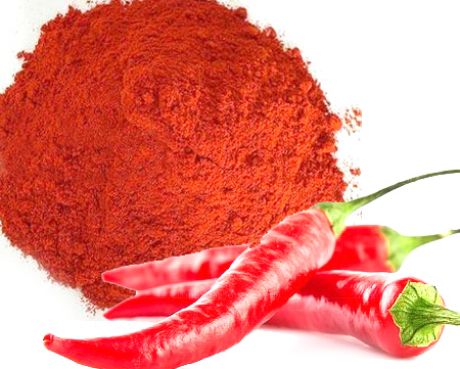
It's not bad when you only need to pepper your favorite dish to get the vitamin your body needs. Hot peppers or mild paprika can provide 199% of the daily requirement - 100 grams contain about 30 mg of vitamin E.
Almond
Almonds are best consumed in their natural form, but almond milk and butter are also good. Almonds provide 175% of the daily requirement for vitamin E – 100 grams contain 26.2 mg.
 [ 1 ]
[ 1 ]
Pine nuts
Pine nuts are delicious on their own or in fruit salads. They provide 9.3 mg (62% of the daily value) of vitamin E, which is found in a 100 gram serving.
Peanut
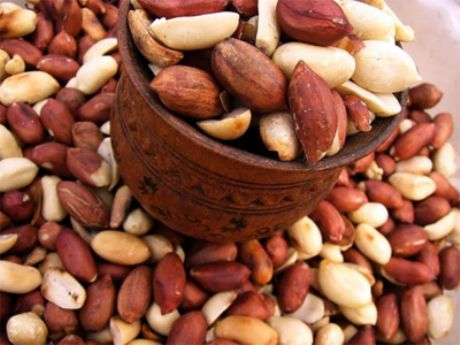
Both peanut butter and peanuts themselves are an excellent source of vitamin E. 100 grams of this product contain 6.9 mg of vitamin E, which is equal to 46% of the daily value.
Dried herbs (basil and oregano)
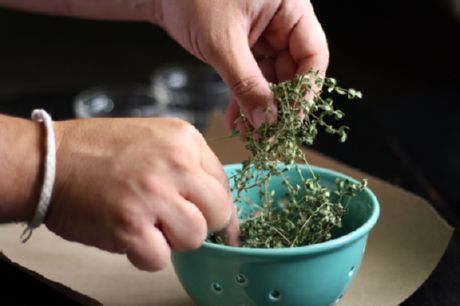
Many people love the spicy aroma of dishes sprinkled with these herbs. Oregano is also often used for making pizza. If you are one of the fans of these fragrant spices, then know that 100 grams contain 7.38 mg of vitamin E, which is 50% of the daily requirement for the human body.
Dried apricots
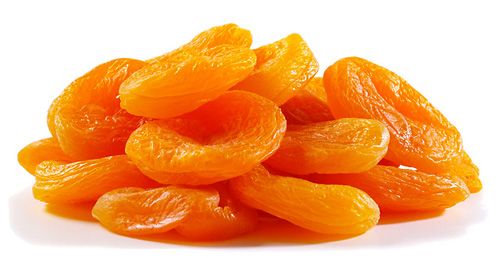
Dried apricots will not only help replenish vitamin E reserves, but also contain a lot of fiber. They will be a great addition to yoghurts, curd desserts and fruit salads. 100 grams of dried apricots contain 4.3 mg - 38% of vitamin E.
 [ 2 ]
[ 2 ]
Marinated olives
If you are cool about the taste of olives, then in vain, because they can be used to prepare many culinary masterpieces, and 100 grams of this product contains 3.8 mg of vitamin E - 25% of the daily dose.
Spinach
Cooked spinach in stews, lasagne or as a separate dish can provide the body with 3.5 mg of vitamin E, which is found in 100 grams and thus provide 24% of the recommended dose.
Roots of Tarot
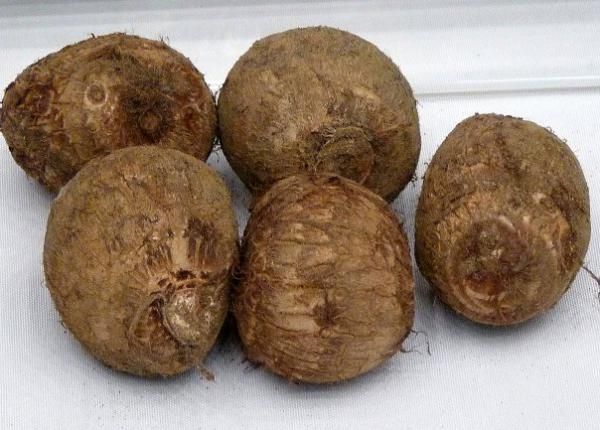
This is an underground tuber that can be either white or almost red, depending on the variety. This product is used for baking, especially in Africa and Polynesia. 100 grams of Taro contains 3.9 mg of vitamin E - 26% of the daily value.
